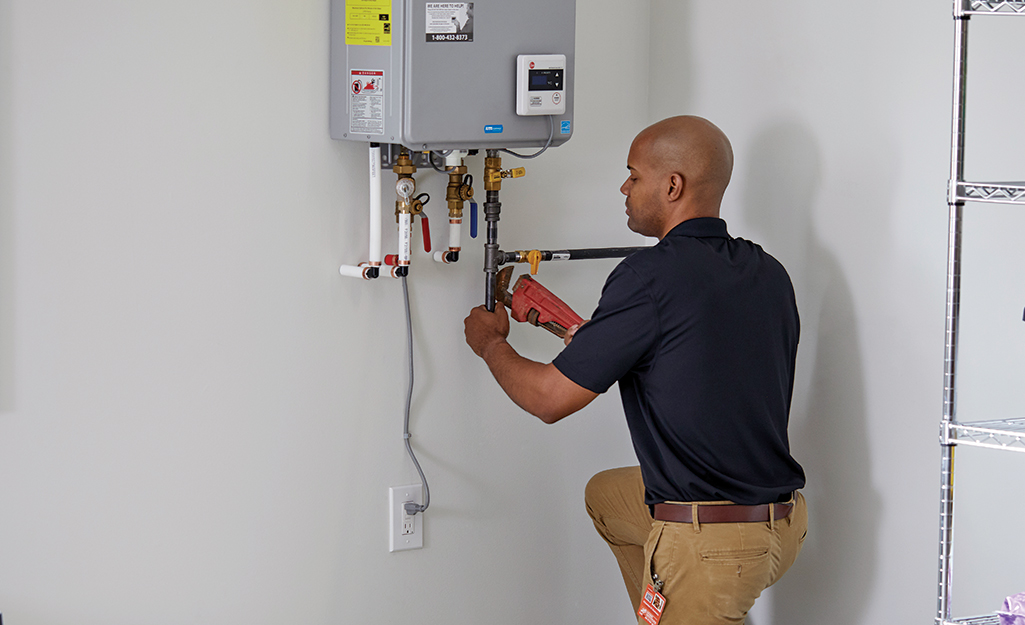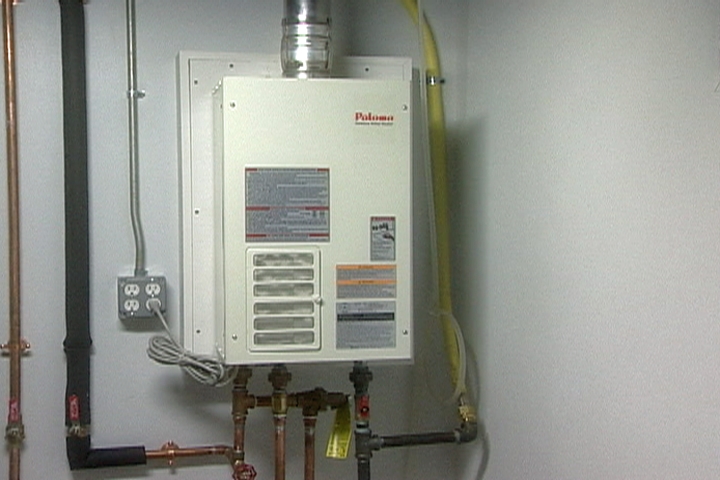What're your beliefs about What Kind of Maintenance Do Water Heaters Need??

Hot water is crucial for day-to-day convenience, whether it's for a rejuvenating shower or washing recipes. To ensure your warm water system runs efficiently and lasts much longer, regular upkeep is vital. This post gives functional tips and understandings on exactly how to maintain your home's warm water system to stay clear of disruptions and costly fixings.
Introduction
Keeping your home's hot water system could seem challenging, however with a few easy actions, you can guarantee it operates efficiently for many years to come. This guide covers every little thing from understanding your warm water system to DIY upkeep suggestions and recognizing when to employ specialist help.
Value of Maintaining Your Warm Water System
Regular upkeep not just prolongs the life expectancy of your warm water system yet likewise guarantees it runs effectively. Ignoring maintenance can result in reduced efficiency, greater power expenses, and even early failure of the system.
Indications Your Warm Water System Needs Maintenance
Recognizing when your hot water system needs interest can protect against major issues. Look out for indications such as irregular water temperature, unusual sounds from the heating system, or rusty water.
Purging the Water Heater
Flushing your water heater eliminates debris accumulation, improving effectiveness and lengthening its life.
Checking and Replacing Anode Rods
Anode poles prevent rust inside the tank. Examining and replacing them when worn is critical.
Facility Issues Calling For Expert Aid
Examples consist of significant leaks, electrical issues, or if your hot water heater is consistently underperforming.
Routine Expert Upkeep Conveniences
Specialist upkeep can consist of thorough inspections, tune-ups, and guaranteeing compliance with safety requirements.
Inspecting and Adjusting Temperature Settings
Adjusting the temperature settings guarantees ideal efficiency and security.
Do It Yourself Tips for Upkeep
You can do numerous upkeep tasks yourself to keep your warm water system in top condition.
Checking for Leaks
Frequently examine pipes and connections for leaks, as these can lead to water damages and higher bills.
Recognizing Your Warm Water System
Before diving into maintenance jobs, it's handy to understand the standard components of your warm water system. Normally, this includes the water heater itself, pipelines, anode rods, and temperature controls.
Month-to-month Maintenance Tasks
Regular month-to-month checks can assist catch minor issues before they rise.
Examining Pressure Alleviation Valves
Checking the pressure safety valve ensures it functions appropriately and prevents extreme pressure accumulation.
Protecting Pipelines
Insulating warm water pipes decreases warmth loss and can save power.
When to Call a Professional
While do it yourself maintenance is advantageous, some problems call for professional competence.
Verdict
Regular maintenance of your home's warm water system is essential for efficiency, durability, and cost financial savings. By adhering to these tips and understanding when to seek specialist aid, you can guarantee a reputable supply of hot water without unanticipated disruptions.
How to Maintain an Instant Hot Water Heater
Before tinkering with your hot water heater, make sure that it’s not powered on. You also have to turn off the main circuit breaker and shut off the main gas line to prevent accidents. Also turn off the water valves connected to your unit to prevent water from flowing into and out of the appliance. 2. When you’re done, you have to detach the purge valves’ caps. These look like the letter “T” and are situated on either side of the water valves. Doing so will release any pressure that has accumulated inside the valves while at the same time avoid hot water from shooting out and burning your skin. 3. When the purge valves’ caps are removed, you have to connect your hosing lines to the valves. Your unit should have come with three hoses but if it didn’t, you can purchase these things from any hardware or home repair shops. You can also get them from retail stores that sell water heating systems. Read the user’s manual and follow it to complete this task properly. When the hosing lines are connected, open the purge port’s valves. 4. You should never use harsh chemical cleaners or solutions when cleaning your unit. Make use of white vinegar instead. It should be undiluted and you’ll probably use about 2 gallons. 5. Now flush your water heater. This task should probably take about 40 minutes. We can’t give you specific directions for this because the procedure is carried out depending on the type, model and brand of your heater. With that being said, refer to the user’s manual. 6. When you’re done draining the unit, you have to turn off the purge port valves again. Remove the hosing lines that you earlier installed on each of the water valves. Put the valve caps (purge port) back in their respective places and be very careful so as not to damage the rubber discs that are found inside these caps. 7. Now that everything’s back in place, check your user’s manual again to find out how to reactivate your water heating system. 8. Once it is working, turn one of your hot water faucets on just to let air pass through the heater’s water supply pipes. Leave the tap on until water flows smoothly out of it. https://www.orrplumbing.com/blog/2014/september/how-to-maintain-an-instant-hot-water-heater/

Do you like reading up on What Kind of Maintenance Do Water Heaters Need?? Give feedback below. We'd be delighted to hear your thoughts about this post. In hopes that you visit us again soon. Sharing is good. Helping people is fun. Thanks so much for taking the time to read it.
Click Here